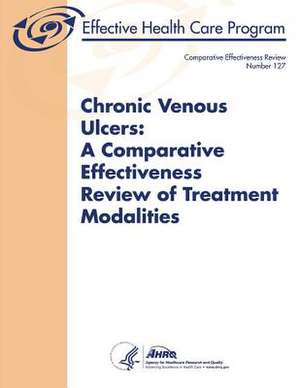Chronic Venous Ulcers
Autor U. S. Department of Heal Human Services, Agency for Healthcare Resea And Qualityen Limba Engleză Paperback
Preț: 188.63 lei
Preț vechi: 198.56 lei
-5% Nou
Puncte Express: 283
Preț estimativ în valută:
36.11€ • 39.23$ • 30.35£
36.11€ • 39.23$ • 30.35£
Carte disponibilă
Livrare economică 31 martie-14 aprilie
Preluare comenzi: 021 569.72.76
Specificații
ISBN-13: 9781495302176
ISBN-10: 1495302172
Pagini: 308
Dimensiuni: 216 x 279 x 17 mm
Greutate: 0.72 kg
Editura: CREATESPACE
ISBN-10: 1495302172
Pagini: 308
Dimensiuni: 216 x 279 x 17 mm
Greutate: 0.72 kg
Editura: CREATESPACE
